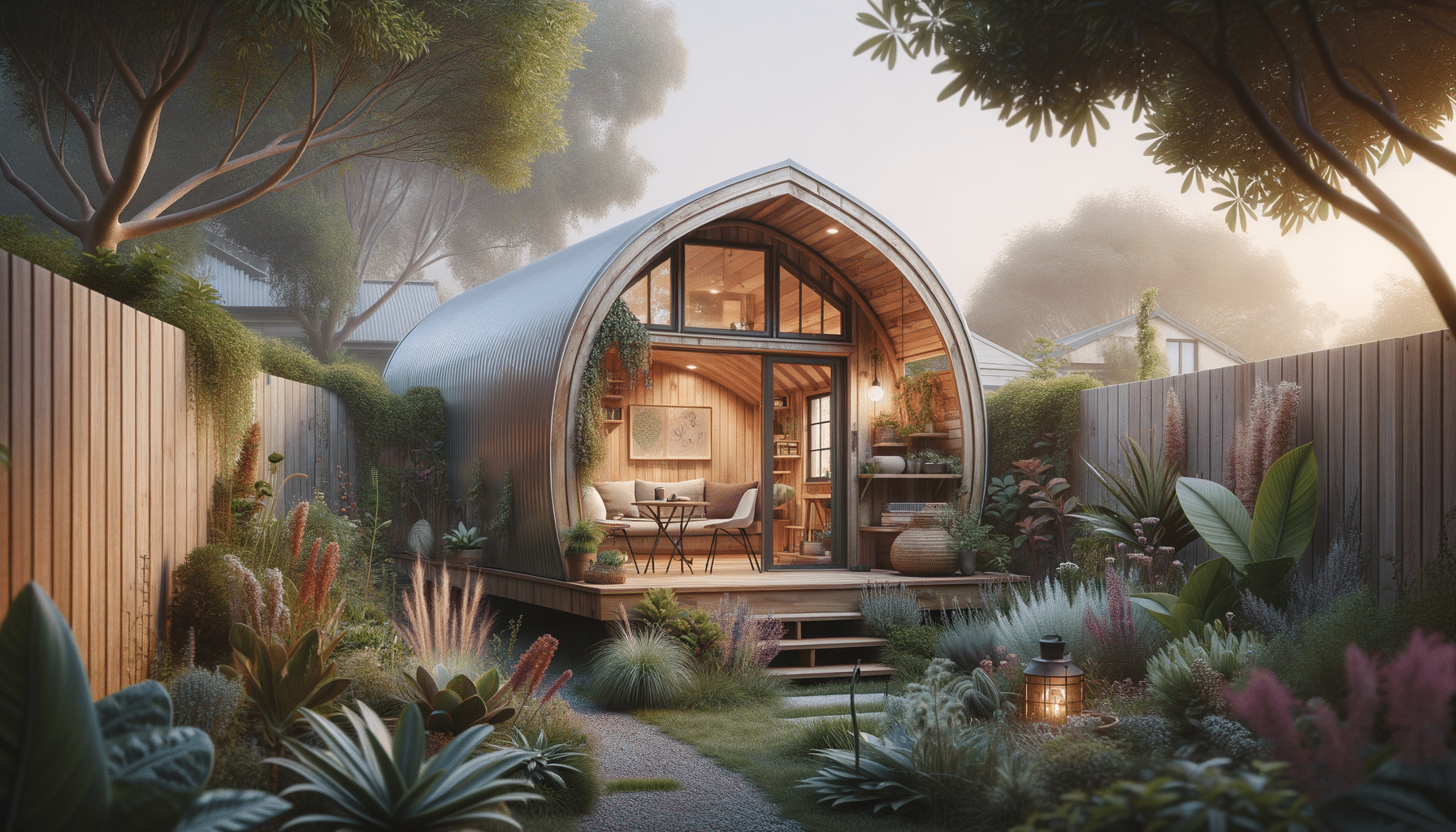
Guide to Granny Pods for Seniors
Introduction to Granny Pods
As the population ages, finding suitable living arrangements for seniors becomes increasingly important. One innovative solution gaining popularity is the concept of “granny pods.” These are small, self-contained housing units that can be placed in the backyard of a family member’s home, offering a blend of independence and proximity to family support. This article explores the various aspects of granny pods, highlighting their relevance in today’s society.
Design and Structure of Granny Pods
Granny pods are ingeniously designed to provide a safe, comfortable, and accessible living space for seniors. Typically, these units are around 300 to 500 square feet and include essential amenities such as a bedroom, bathroom, kitchenette, and living area. The design often incorporates accessibility features like wheelchair ramps, grab bars, and wide doorways to ensure ease of movement for individuals with mobility challenges. Moreover, advanced technological integrations such as emergency communication systems and health monitoring devices can be included to enhance safety and independence.
The structure of these pods is usually modular, allowing for customization based on the specific needs of the occupant. This flexibility makes granny pods a versatile option, catering to various preferences and requirements.
Benefits of Granny Pods
One of the primary advantages of granny pods is their ability to offer seniors a balance between independence and family support. Living in a granny pod allows seniors to maintain their privacy and autonomy while being close enough to family members for assistance when needed. This proximity can significantly reduce feelings of isolation and improve the overall quality of life for seniors.
Additionally, granny pods can be a cost-effective alternative to traditional senior living facilities. By residing on a family member’s property, seniors can avoid the high costs associated with assisted living or nursing homes. This financial advantage, combined with the emotional benefits of staying connected with loved ones, makes granny pods an appealing option for many families.
Challenges and Considerations
Despite the numerous benefits, there are challenges and considerations associated with granny pods. Zoning laws and building regulations can vary significantly by location, potentially complicating the installation process. It’s essential for families to research local ordinances and obtain necessary permits before proceeding with construction.
Another consideration is the initial investment required for purchasing and installing a granny pod. While they can be more affordable in the long run compared to traditional senior housing, the upfront costs can be substantial. Families must carefully assess their financial situation and explore financing options to ensure the feasibility of this undertaking.
The Future of Granny Pods
As the trend towards multigenerational living continues to grow, granny pods are likely to become an increasingly popular solution for senior housing. Innovations in design and technology will further enhance the functionality and appeal of these units, making them a viable option for a broader audience.
Furthermore, as society places greater emphasis on aging in place, granny pods offer a practical and compassionate solution for seniors wishing to maintain their independence while staying connected to their families. As awareness and acceptance of this concept increase, it’s anticipated that more families will embrace granny pods as a forward-thinking approach to senior care.


